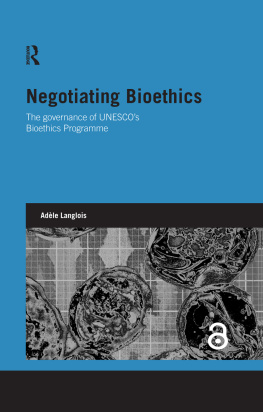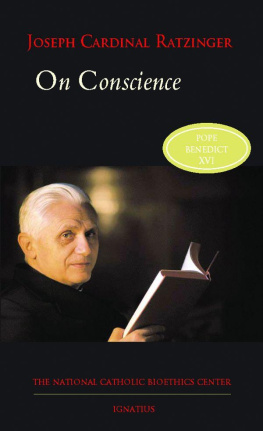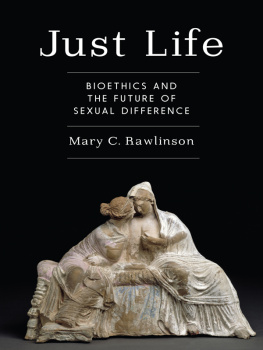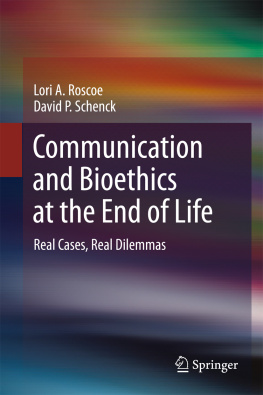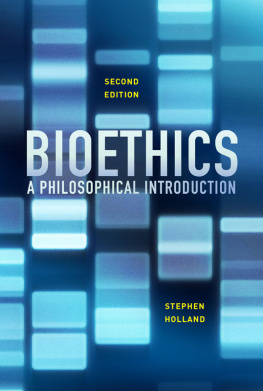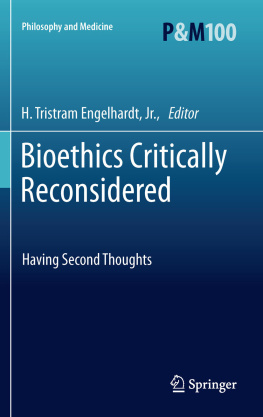Jeremy R. Garrett , Fabrice Jotterand and D. Christopher Ralston (eds.) Philosophy and Medicine The Development of Bioethics in the United States 2013 10.1007/978-94-007-4011-2_1 Springer Science+Business Media Dordrecht 2013
1. The Development of Bioethics in the United States: An Introduction
Abstract
In the last four decades bioethics has experienced tremendous development, which can be attributed to various factors. First, advances in the biomedical sciences and biotechnology increasingly raise ethical, legal, and social issues that concern society at large. The complexity of the current health care system and the development of powerful biotechnologies necessitate the critical and interdisciplinary analysis that bioethics can provide. Second, the Joint Commission on Accreditation of Healthcare Organizations, which accredits health care organizations in the United States, requires hospitals to have a mechanism that offers clinical ethics consultations (Lo 2005, 111), and funding agencies expect the inclusion of bioethics components in research protocols. Finally, there is a need for bioethics education for health care professionals (physicians, nurses, chaplains, social workers, administrators, etc.) seeking advancement, IRB/Hospital Ethics Committee members working on health policies/ethics programs, and students seeking to include bioethics in their primary training or to pursue a career in bioethics.
In the last four decades bioethics has experienced tremendous development, which can be attributed to various factors. First, advances in the biomedical sciences and biotechnology increasingly raise ethical, legal, and social issues that concern society at large. The complexity of the current health care system and the development of powerful biotechnologies necessitate the critical and interdisciplinary analysis that bioethics can provide. Second, the Joint Commission on Accreditation of Healthcare Organizations, which accredits health care organizations in the United States, requires hospitals to have a mechanism that offers clinical ethics consultations (Lo , 111), and funding agencies expect the inclusion of bioethics components in research protocols. Finally, there is a need for bioethics education for health care professionals (physicians, nurses, chaplains, social workers, administrators, etc.) seeking advancement, IRB/Hospital Ethics Committee members working on health policies/ethics programs, and students seeking to include bioethics in their primary training or to pursue a career in bioethics.
While recognizing that the rise of bioethics has been quite remarkable, the field is still a work in progressparticularly in relation to its nature, scope, and methodologies. To assess its current state and to understand the reasons for its emergence in American culture, we brought together a collection of essays by seminal figures in the fields of medical ethics and bioethics. We invited these scholars to reflect on the field of bioethics around the following five framing questions: (1) Are there precise moments, events, socio-political conditions, legal cases, and/or works of scholarship to which we can trace the emergence of bioethics as a field of inquiry in the United States? (2) What is the relationship between the historico-causal factors that gave birth to bioethics and the factors that sustain and encourage its continued development today? (3) Is it possible and/or useful to view the history of bioethics in discrete periods with well-defined boundaries? (4) If so, are there discernible forces that reveal why transitions occurred when they did? What are the key concepts that ultimately frame the field and how have they evolved and developed over time? and (5) Is the field of bioethics in a period of transformation into biopolitics ?1
In light of the responses the authors gave to these questions, we structured the volume into four main parts. The first part, entitled The Birth of Bioethics: Historical Analysis, provides an historical examination of the emergence of bioethics and an account of the leading institutions that took part in the early phases of its development. The second part, The Nature of Bioethics: Cultural and Philosophical Analysis, examines two issues: (1) the particular social-cultural context and the intellectual climate that has shaped the ongoing development of bioethics, and (2) the nature of the field as a discipline in its own right. The third part, The Practice of Bioethics: Professional Dimensions, addresses issues pertaining to the professionalization of bioethics and the tensions between medical ethics and bioethics. The final part, The Future of Bioethics: Looking Ahead, offers reflections on the future of bioethics and calls for a return to more robust philosophical inquiry as new biotechnologies increasingly stretch our moral imagination and our ability to define what it means to be human.
Before we turn to a more detailed outline of the volume, we would like to include a brief word on its development. The individual essays were written over a period of approximately 6 years. Consequently, the references cited by some authors may be more recent than others. Nevertheless, we believe the long gestational period for this volume has produced a work rich in reflection, both theoretical and personal, on the historical development of the field of bioethics, encompassing within its ambit a consideration of where the field has been, where it is now, and where it may very well go in the future.
1.1 The Birth of Bioethics: Historical Analysis
The birth of bioethics, everyone seems to agree, took place in the tumultuous period of the late 1960s and early 1970s. The four essays in Part I provide a unique historical perspective of this occurrence and this time period. Each essay presents a rich and lively picture of the fields early days by weaving together first-person remembrance and third-person reflection. Together, they describe the particular social-cultural context and the intellectual climate that gave birth to bioethics, while introducing the reader to the influential people and institutions that shaped its early development. Especially notable in this regard is the way in which these essays tell the story of bioethics birth through the histories of three important institutions: (1) the Hastings Center, (2) the Institute for the Medical Humanities at the University of Texas Medical Branch (UTMB), and (3) the Kennedy Institute of Ethics at Georgetown University.
In the volumes first paper, The Beginnings of Bioethics, Eric J. Cassell offers a highly personal window into the early years of bioethics. In particular, he interweaves a historical account of the evolution of the interdisciplinary approach to bioethics with his personal experiences with research working groups organized by the newly-created Hastings Center. Cassell, an established internist, became involved with the newly developing field of bioethics in 1970, after being invited to comment on a chapter of Paul Ramseys The Patient as Person at an early conference sponsored by the Center. His recounting of events at this conference illustrates just how exciting and intellectually invigorating bioethics must have been for scholars in this formative period. It also illustrates just how revolutionary and alien bioethics must have seemed to ordinary clinicians at the same time. Cassells anecdotes remind us that practices that now are regular and deeply embedded aspects of daily clinical practice, such as obtaining informed consent, are actually recent developments in medical ethical thinking.



